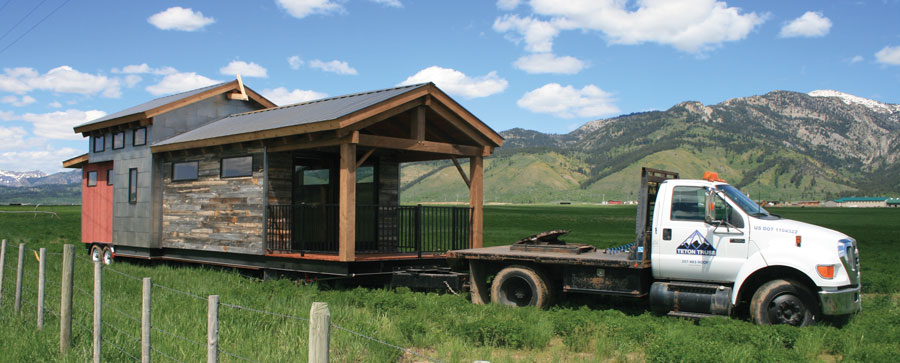Search
$270 million project required 9,250 floor trusses, 1,580 roof trusses, and zero call backs
-
Joe Hikel’s main focus for this year was to establish better connections with the supply chain. The foundation has been set.
-
Collaborative work on the lumber design value issue and forging relationships at all levels of the supply chain goes a long way toward helping the industry survive today and thrive in the future.
-
Hikel’s personal return on investment on time working within SBCA has been invaluable, both in business opportunities and the personal reward from the relationships formed.
Welcoming the future of the industry
Homebuilders are shifting their focus, and that’s good news for component manufacturers.
“We need to take every opportunity to sell more trusses!” That was the sentiment of many of the component manufacturers (CMs) sitting around the table at the most recent SBCA Marketing Committee meeting in Tampa, Florida.
Innovation is a word that is currently criticized in the business world for being over utilized. However, I would argue its actual application is being seriously underutilized in our own industry.
- Examine each operational area for changes that could help improve overall economics.
- Make sure the design department is up to date on price changes of stock lengths of lumber, especially changes due to design value adjustments.
- Factor customer needs into optimization, along with producing a more efficient truss using less material and plant labor.
There was so much information to absorb at this year’s show! And there are more resources online to help you catch up on anything you missed.
SBCRI Testing & SBCA Research Reports can transform your market.
How Framing the American Dream again shows there’s a better way to frame.
- The truss industry’s innovative products and software form the link between new science-based discoveries and their application.
- The mission of any professional engineering endeavor is to deploy innovative materials, designs or methods of construction that meet or exceed all regulations, protect the consumer and preserve free and unfettered competition as the rule of trade.
The invention of the modern-day metal connector plate in the mid-1950s is commonly attributed to A. Carroll Sanford and J. Calvin Juriet. As the baby boomer generation was being launched, houses could not be built fast enough for America’s fledgling families striving to capture the dream of homeownership. Connector plates gave builders a method to assemble homes more quickly and spawned over 50 different types of plate configurations and manufacturers.

Builder complaints regarding the growth of surface mold on the lumber contained within wood structural components, while not as frequently encountered as in the past, continue to pose a dilemma in some markets. The dilemma comes in the form of builders either demanding moldfree wood based products, or when mold appears on a component at the jobsite, they are demanding that suppliers provide an immediate remediation (e.g., removal) of the mold, regardless of the cause or the cost. And, where structures are improperly designed or constructed and mold growth appears years later, component manufacturers (CMs) have found themselves into construction defect litigation with various types of complaints being asserted.
The Story of Rehkemper and Son, Inc.
A builder’s perspective on how CMs can grow market share
Recent ICC testimony from the AWC and the fire service appear to cotradict each other when it comes to expected 2x10 performance.
Roughly 60 years after their inception, roof trusses are well-established in the market, a cornerstone of residential framing. Their natural counterpart, floor trusses, are quite possibly the most misunderstood product offered by our industry.
How one CM introduces building officials to the entire scope of work that goes into truss manufacturing.
Meet the chair of SBCA's IT Committee: Greg Dahlstrom, IT/IS Manager at Villaume Industries, Inc.
Sometimes it’s hard to start a conversation. You know what you want to say, you think you know how the person you’re talking to will react, and yet finding the words to get the ball rolling and respond to the questions you know you’ll get is tough.
The below article is an update of the article, "Who's Mold Is It?" published in the January/February 2003 edition of SBC Magazine.
“The more you can do for a framer to help them get the job done faster and make more money, the more they will want to work specifically with you,” says Sean Kelly, general manager of Automated Products in Marshfield, Wisconsin.
This marketing guide is designed to help market the Best Way to Frame website to all of our target audiences. The marketing guide includes step-by-step instructions on ways to market Best Way to Frame.
How often do you contemplate your scope of work (SOW), as it’s formally defined in ANSI/TPI 1 Chapter 2? That standard was originally published in 1995 and has essentially become law with its adoption into the International Residential and International Building Codes.




